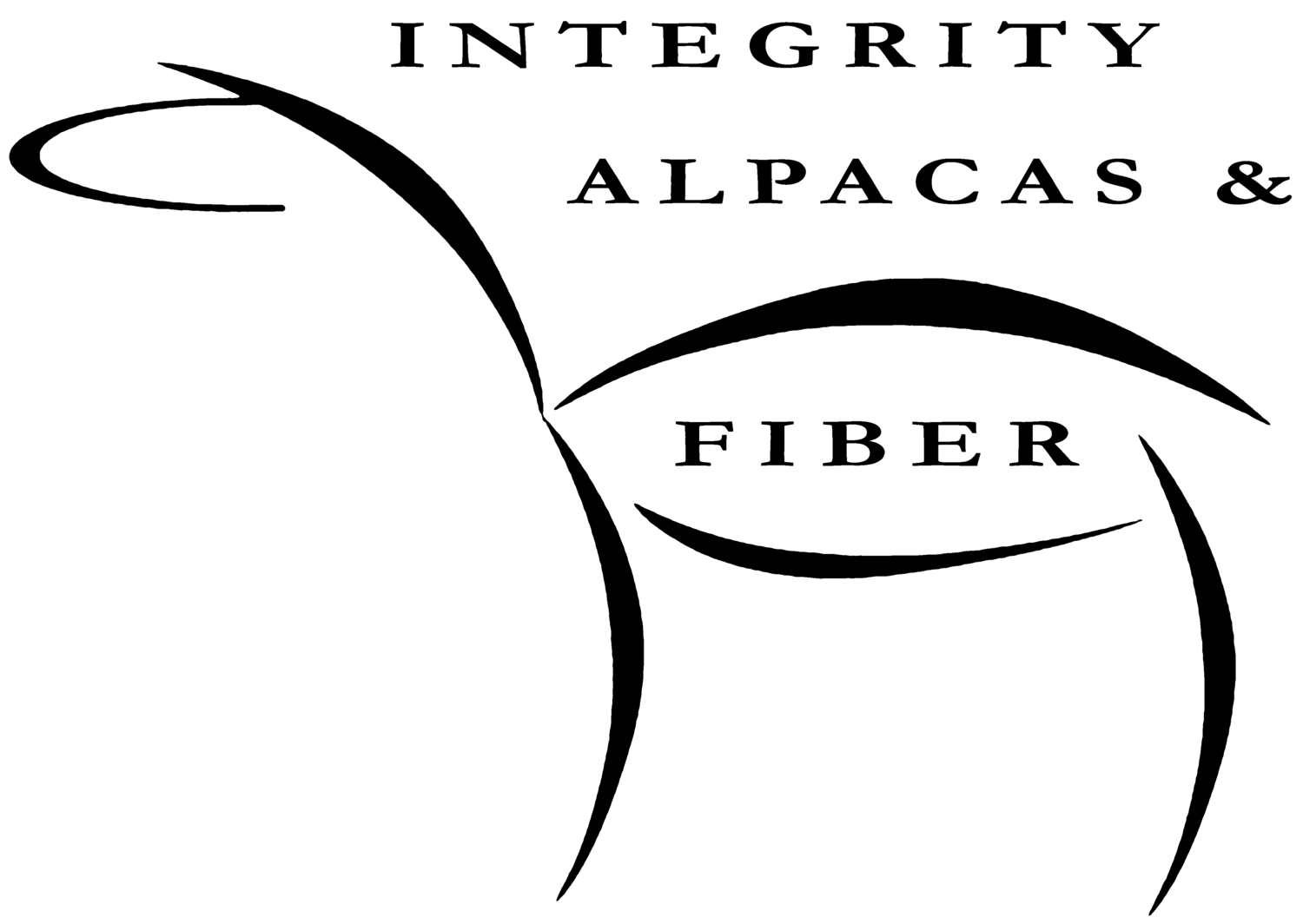Why Wool Pellets?
The struggle:
In my world of alpacas, there is a short window of fiber I consider worthy of processing. At Integrity Alpacas & Fiber, I define worthy fiber as having length at >2.5” and grades* 2, 3, and sometimes 4. The costs of milling fiber into yarn are not economically sustainable. In 2021 alone, Integrity Alpacas & Fiber paid $9,800 for fiber processing – and that does not include the labor of washing, skeining, labeling, store setup/breakdown and days off ranch for selling, not to mention and costs of markets, transportation and advertising. If the fiber is not the absolute best for the product I make, it becomes “wasted wool.” I generate far more wasted wool than fiber that meet my standards for processing to yarns. Many alpaca owners, myself included, have found ways to use the wasted wool. I have made my share of dryer balls, and use it in needle or wet felted goods, making kits, teaching classes, etc. Again, these tasks are very labor intensive and costs may cover the product, but not my labor.
An Epiphany * Alignment of the Stars* THE Answer
And then, one day before my birthday in February, I was gathered around a table upstairs at Warner Mountain Weavers in Surprise Valley, CA with Fibershed friends. We were having a visionary retreat for the future of the Fibershed Cooperative Marketplace. I don’t recall how it came up, but once Rebecca Burgess started talking about the potential of waste wool pellets I was challenged to focus on latter conversations.
When I asked Rebecca what we need to make this happen, she replied with something like ‘We need someone who loves the earth.’
I believe my hand shot up immediately as I pointed to myself. I might have even said ‘Helllllooo’ This is the merging of my need to give back to the earth, to nourish our degraded soils, the reason for becoming a Climate Beneficial ranch, the love that alpacas can provide so much and do not harm the earth—and this fills my need in bringing economic sustainability to the potentially 15 years of life that alpacas do not produce fiber that is worthy of the cost to process. BAM!
Inside, I knew this is the direction that called to me. Back at the hotel that night, I was all over the internet learning what I could, sourcing the machines, visioning a plan. In the morning, poor Rebecca and Stephany were showered with all that I learned.
Keep your eyes out on our social media links for more portions of our journey into developing this new adventure! The August update will also continue this story-- there is literally TONS of my story to share. For example, tomorrow I will purchase and transport 3 tons, or 6,500+ pounds of 'tags' (poopy sheep butts and britches) to the ranch--

